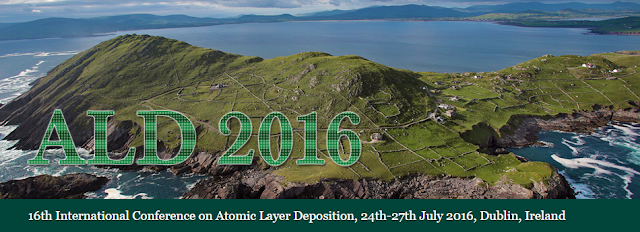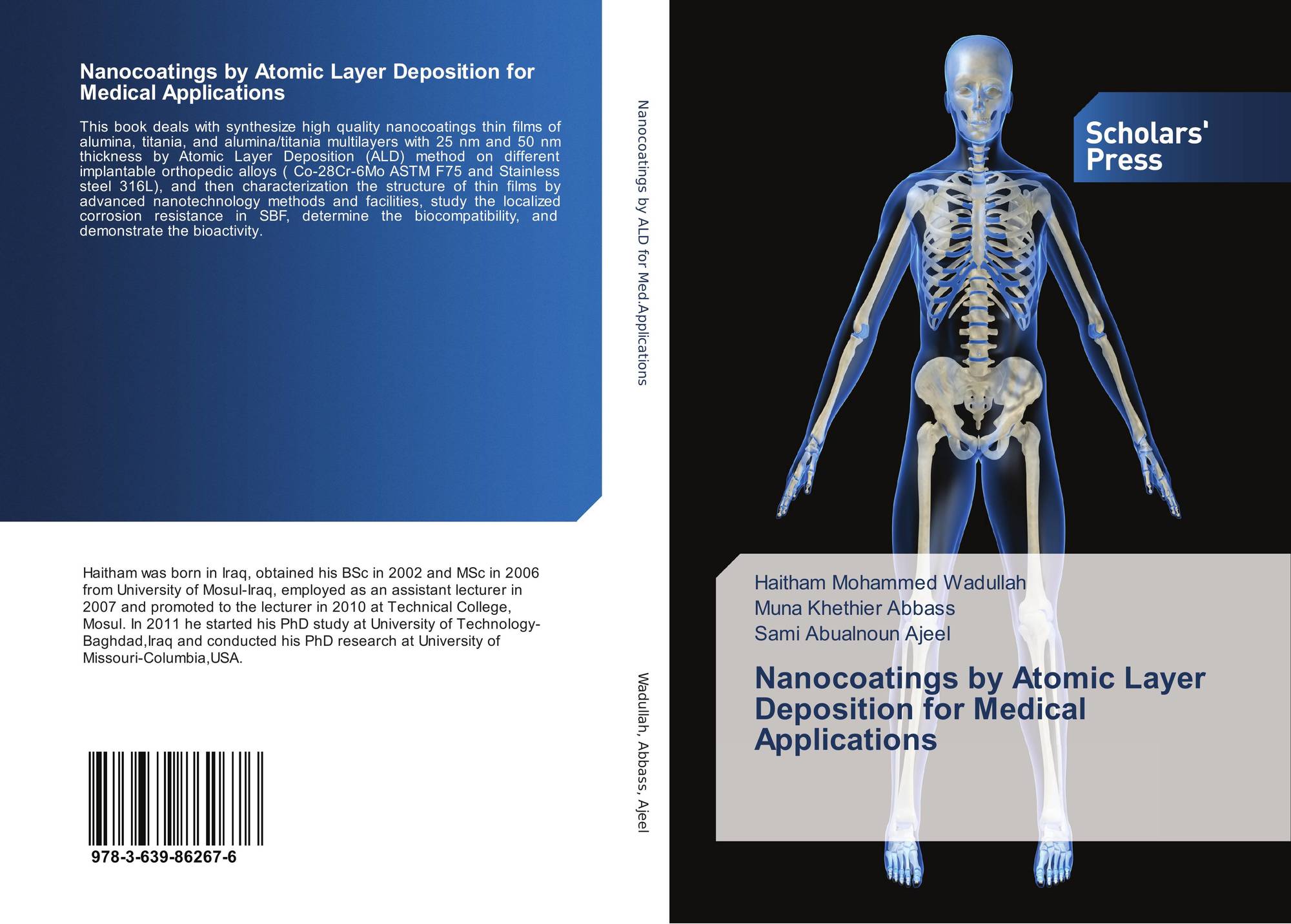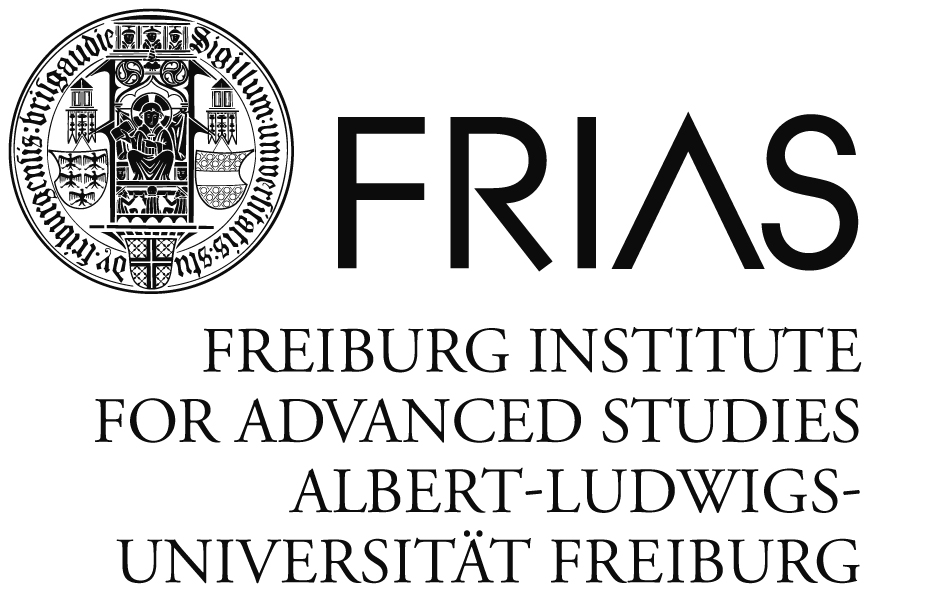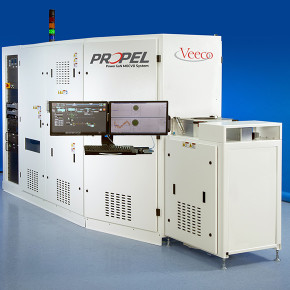As reported by
TU Munich in EurekAlert!: Physicists at the Technical University of Munich (TUM) have developed a nanolaser, a thousand times thinner than a human hair. Thanks to an ingenious process, the nanowire lasers grow right on a silicon chip, making it possible to produce high-performance photonic components cost-effectively. This will pave the way for fast and efficient data processing with light in the future.
"Today already, transistors are merely a few nanometers in size. Further
reductions are horrendously expensive," says Professor Jonathan Finley,
Director of the Walter Schottky Institute at TUM. "Improving
performance is achievable only by replacing electrons with photons, i.e.
particles of light."This news release is available in
German.
Publications:
Monolithically Integrated High-beta Nanowire Lasers on Silicon
B. Mayer, L. Janker, B. Loitsch, J. Treu, T. Kostenbader, S.
Lichtmannecker, T. Reichert, S. Morkötter, M. Kaniber, G. Abstreiter, C.
Gies, G. Koblmüller, and J. J. Finley;
Nano Letters, 2016, 16 (1), pp 152-156 -
DOI: 10.1021/acs.nanolett.5b03404
Coaxial GaAs-AlGaAs core-multishell nanowire lasers with epitaxial Gain control
T. Stettner, P. Zimmermann, B. Loitsch, M. Döblinger, A. Regler, B.
Mayer, J. Winnerl, S. Matich, H. Riedl, M. Kaniber, G. Abstreiter, G.
Koblmüller, and J. J. Finley;
Applied Physics Letters, 108, 011108 (2016) -
DOI: 10.1063/1.4939549
Continuous wave lasing from individual GaAs-AlGaAs core-shell nanowires
B. Mayer, L. Janker, D. Rudolph, B. Loitsch, T. Kostenbader, Abstreiter, G. Koblmüller, and J. J. Finley;
Applied Physics Letters 108, Vol. 8, to appear on Feb. 22nd (2016)



%20(1).png)








